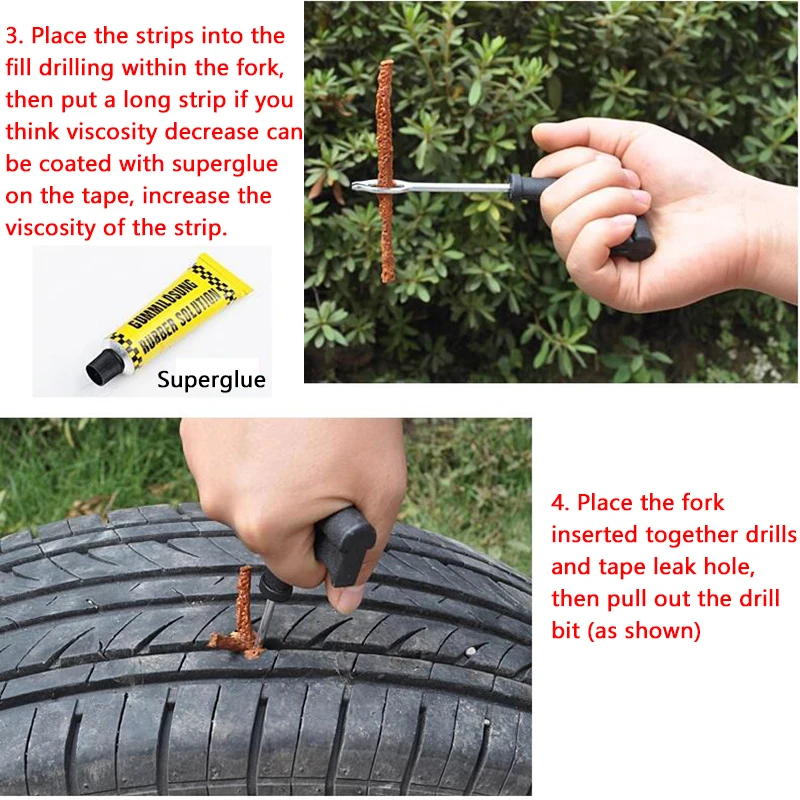From potholes to stray nails and screws, your tires can encounter a lot of hazards on the road. And when they become damaged or go flat, you might be wondering whether you should purchase a new set or get the tire repaired professionally.
Not every flat or punctured tire can be fixed, but there are other instances where you can get the tire — and your entire car — back on the road with a quick repair. Read on to learn what kind of tire damage can be repaired and when you should get a replacement.
Puncture location and severity of damage can often be the deciding factors between getting a tire repaired vs. replaced. If you've got a tire that's been punctured in the tread area and it doesn't measure more than 1/4 of an inch (6mm) in diameter, a simple repair may do the trick.
If the tire has two punctures, getting a tire repaired may still be an option as long as the punctures are at least 16 inches apart and the maximum number of repairs does not exceed a total of 2 in the tire. Any more punctures than that, and you should consider getting a new tire. Punctured tires will likely need to be replaced if:
Durable run-flats, such as Bridgestone DriveGuard tires, can often buy you a little more time in a flat tire situation. But if driven on with less than 15PSI, they may not be repairable. To prevent this issue on run flats and otherwise, avoid driving your vehicle if you have a flat or are low on air.
If you notice a bubble in your tire's sidewall, this has likely been incurred by high-impact damage. Factors like driving on a flat, hitting a pothole or curb the wrong way, riding over speed bumps or railroad crossings too quickly, or overloading your tires can all lead to this issue. Although this tiny bulge may not seem intimidating, tires with side bubbles are not repairable, and you should have the tire replaced as soon as possible.
Although this tiny bulge may not seem intimidating, tires with side bubbles are not repairable, and you should have the tire replaced as soon as possible.
Repaired tires can often be mended again if the damage doesn't compromise a previously repaired area. For example, if you have a nail-in-tire situation, you may be able to do a quick repair if the puncture location doesn't overlap with a previous tire injury and the repair was done properly. If it does overlap, you will likely need a replacement.
Oftentimes, affected tires will need to be replaced following a major incident. If the tire has sustained serious damage in a crash, such as significant cuts or tread separation, it should be replaced, not repaired.
You might be tempted to do a quick fix when you do have a flat or damaged tire. Here are two that can be used in emergency or short-term situations but shouldn't be considered long-term tire repairs:
These fast fixes are a double-edged sword.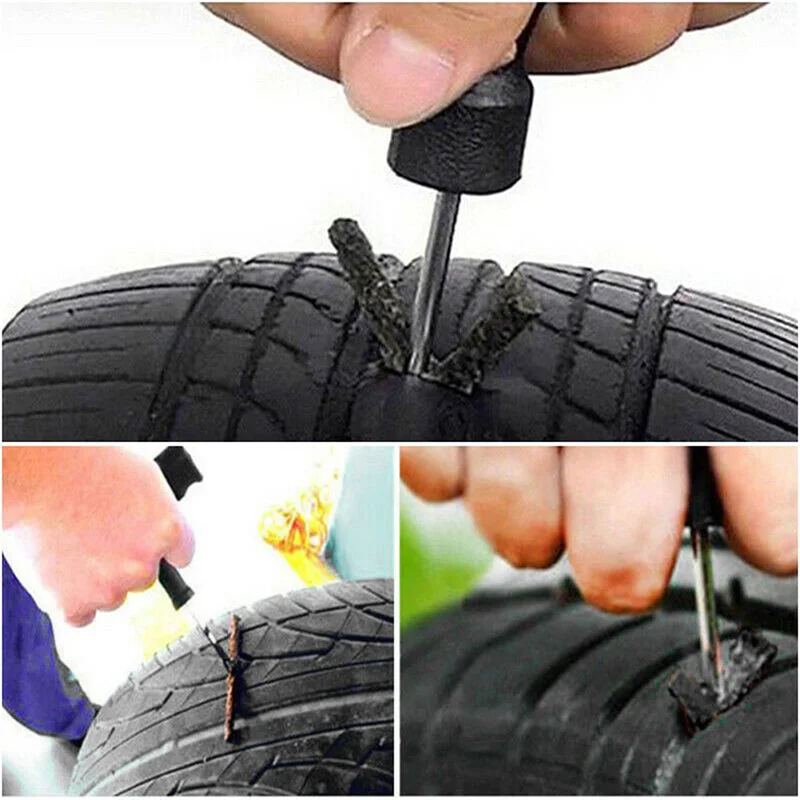 They'll help you get your car to a local Firestone Complete Auto Care, but don't count on them to keep you on the road for very long. Tire sealants can freeze in cold weather, damage your tire pressure monitoring system, and prove ineffective at repairing any tire damage that's more serious than a slow leak or small hole. It's also important to note that our technicians will not be able to fix punctures in tires with emergency temporary sealants.
They'll help you get your car to a local Firestone Complete Auto Care, but don't count on them to keep you on the road for very long. Tire sealants can freeze in cold weather, damage your tire pressure monitoring system, and prove ineffective at repairing any tire damage that's more serious than a slow leak or small hole. It's also important to note that our technicians will not be able to fix punctures in tires with emergency temporary sealants.
Again, these are quick fixes that aren't meant to enable long-term use of a punctured or damaged tire. When considering a flat tire patch or replacement, remember that a patch doesn't fill in the hole left by a puncture — while a plug doesn't offer a permanent seal. In short, patching or plugging alone are never adequate long-term solutions. That's why at Firestone, our technicians can use a patch-plug combo to provide an adequate long-term solution for some tire punctures.
To ensure your tire is safely repaired or replaced, it's best to have it inspected and serviced by a trained technician.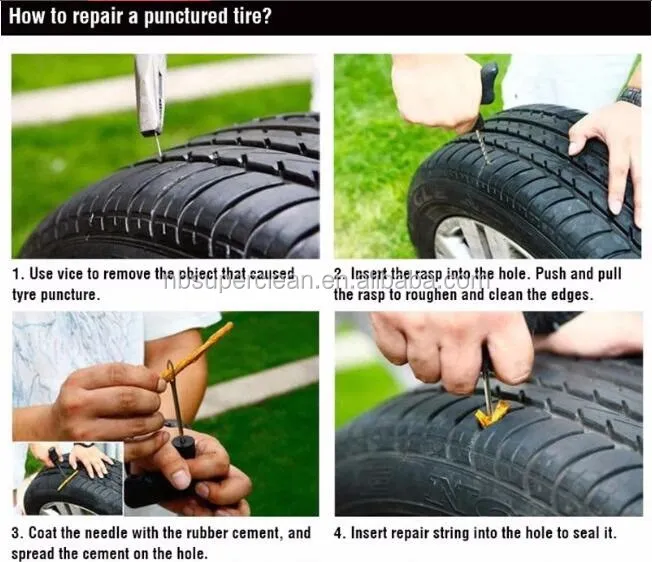 Visit your local Firestone Complete Auto Care and ask about our tire repair services. Your safety is our priority, and we back all of our work with a triple promise that guarantees your repair will be Fixed Right, Priced Right, Right on time.
Visit your local Firestone Complete Auto Care and ask about our tire repair services. Your safety is our priority, and we back all of our work with a triple promise that guarantees your repair will be Fixed Right, Priced Right, Right on time.
Now that you know when to repair vs. replace a car tire, schedule your appointment today!
You may have had a flat tire before, brought in into a repair shop to have it fixed, and been told that it needed to be replaced. If you’ve ever wondered what makes a tire non-repairable, Blain’s Farm & Fleet has your answers. We’re here to help you figure out if your tire should be repaired, or if you should look for new tires for sale.
How To Know if Your Tire is Not RepairableIf you get a flat tire, or your tire has experienced damage, you need to know if it can be repaired or replaced. At Blain’s Farm & Fleet, we can repair your tire or, if needed, help you find the best new tires for sale.
At Blain’s Farm & Fleet, we can repair your tire or, if needed, help you find the best new tires for sale.If you run over a nail or other road debris and it punctures your tire, there is a specific area of the tire where a repair is possible. This area is on the tread face of the tire, between the outermost circumferential grooves (grooves that wrap all the way around the tire). Or, on tires with tread patterns that don’t have circumferential grooves, no closer than 2 inches to where the shoulder meets the sidewall. Also, puncture repairs are limited to holes of 1/4″ or less in diameter. Cuts are not repairable if they are deep enough to have cut into one of the steel belts inside of your tire.
Sidewall puncture: If the puncture is in the sidewall of your tire, you need to replace it. If you were to repair it, you would run the risk of the tire repair failing. This is because the sidewall of a tire flexes so much as you drive. A tire plug or patch can work its way loose after so many repeated flexes. Also, the air in your tire is pressing out on its sidewalls under the weight of the vehicle when you drive. Any weak spot on the sidewall of the tire will be attacked by the extreme pressure, and there is a risk of blowout at the spot where the repair was done.
Also, the air in your tire is pressing out on its sidewalls under the weight of the vehicle when you drive. Any weak spot on the sidewall of the tire will be attacked by the extreme pressure, and there is a risk of blowout at the spot where the repair was done.
Shoulder puncture: If the puncture is on the shoulder area of the tire, it can’t be repaired. As you drive, the shoulder area of your tire is under the most pressure and flexes the most out of any part of your tire. Also, the curve of the shoulder of your tire makes it difficult for a patch or plug to stay in place there. if you perform a tire repair here, it will likely work its way loose and fail. You risk a blowout by repairing a tire with a shoulder puncture, but not as high a risk as repairing a sidewall puncture.
Cuts and gashes: If you have a cut in your tire, it is likely not repairable unless it is 1/4″ long or less. Cuts can sever the steel cords inside the rubber of your tire that give it its strength.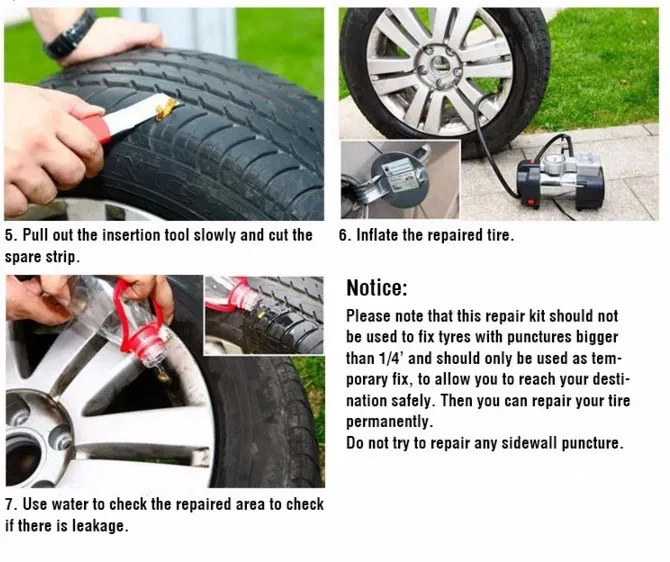 A tire repair in this case would only keep the tire from losing air through the hole, not restore the strength of the tire. It’s also hard for a patch or plug, which is designed to repair a round hole, to effectively repair a cut or gash. If your tire has cuts or gashes, it’s time t look at new tires.
A tire repair in this case would only keep the tire from losing air through the hole, not restore the strength of the tire. It’s also hard for a patch or plug, which is designed to repair a round hole, to effectively repair a cut or gash. If your tire has cuts or gashes, it’s time t look at new tires.
If you drive on a tire that has too low of air pressure, or is flat, you can damage the tire beyond repair. When a tire is driven on low enough air pressure, that part of the sidewall makes contact with the road, the inner liner of the sidewall will wear away and weaken the sidewall of the tire. This damage runs around the entire side of the tire, and cannot be repaired. The initial loss of air pressure might have been caused by a puncture or some other issue that a tire repair shop could have fixed, but driving on a tire with low air pressure will destroy it. Make sure to maintain the correct air pressure in your tires at all times by checking them at least once per month with a tire pressure gauge.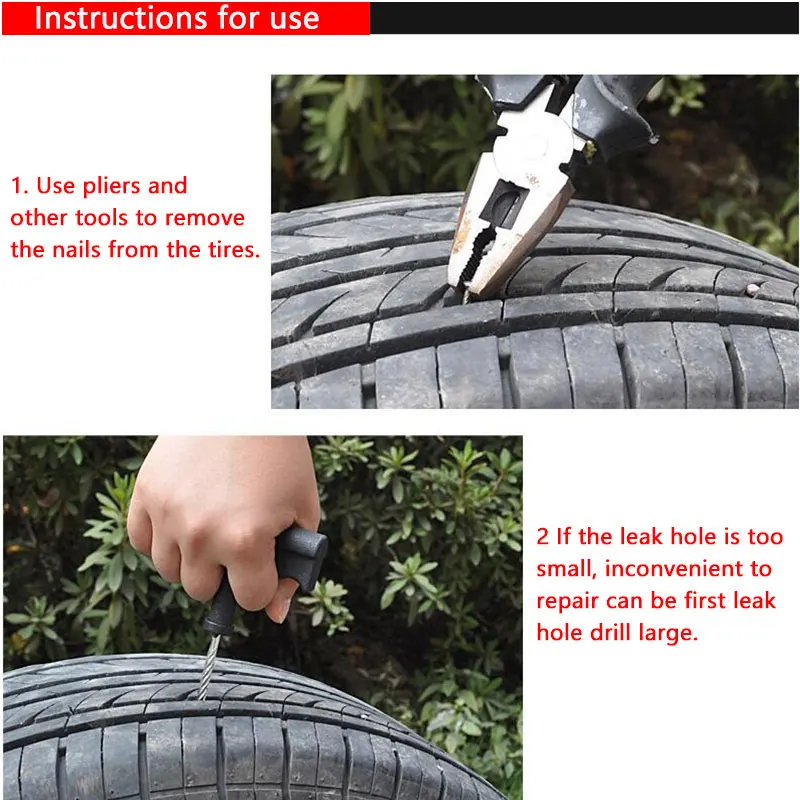
A tire that has been severely damaged in a collision or other impact is not repairable. This includes bulges, tread separation, slipped or broken belts, large cuts or gashes, bead damage, and tires that were knocked off the rim by an impact. If you have a tire with any of these problems, you must replace it.
When dealing with a borderline tire repair, it’s better to play it safe by replacing the tire. If your tire is in a condition that is at the edge of the line between being repairable and not repairable, and you have an option between repair and replacement, replacement is the safer choice. Any risk of a tire blowout is not worth taking.
If you need a tire repair, or would like to have your tires inspected by a professional auto mechanic, bring your vehicle to the tire repair shop at your local Blain’s Farm & Fleet. We offer free tire inspections, and if you purchased your tires from us with our Road Hazard Protection plan, we will also repair your tire for free.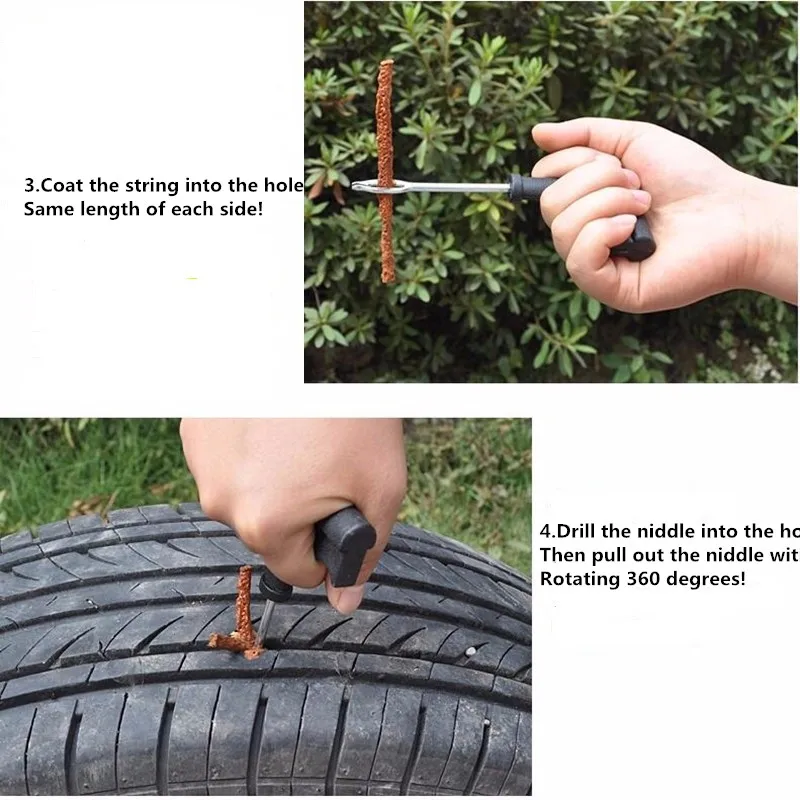 Call 1-800-365-9936 to schedule an appointment at your tire repair shop or you can request a quote online.
Call 1-800-365-9936 to schedule an appointment at your tire repair shop or you can request a quote online.
If your tire is damaged beyond repair, check out our Tire Replacement Guide to figure out whether you need to replace one, two, or four tires. Browse through our current advertisements for an ongoing tire sale. Plus, you can look up tires for sale with our online tire lookup feature. Enter the make, model, and year of your vehicle to be matched up with the correct size tires.
Posted in: AutomotiveTagged: Auto Repair, Automotive Tires, Automotive Troubleshooting, DIY Car Inspection, Tire Maintenance
Author: Aleksey Kokorin
Experienced drivers are not surprised by such a trifle as a puncture, but for the first time beginners usually get confused in the sequence of actions, forget about important details and do not know what to do with a punctured wheel even in a tire shop - especially if they start offering choose from several options or intimidate with expensive repairs. Let's set up an operation algorithm when a flat tire is detected and figure out what to do right away and what to choose later. nine0013
Let's set up an operation algorithm when a flat tire is detected and figure out what to do right away and what to choose later. nine0013
What to do when you find a puncture
Having found a flat tire, first of all you need to stop in a safe place, turn on the alarm, assess visibility and, if necessary, set an emergency stop sign: according to traffic rules, it is installed at least 15 meters from the car in the village and at least 30 meters outside the settlement. When choosing where to stop, consider the space to the side of the vehicle to handle a flat tire. You should not stop right on the road and in places where stopping and parking are prohibited: even if a punctured wheel belongs to the conditions of a forced stop, it is quite possible to drive several tens of meters on it to choose a safe and convenient parking place. At night or in conditions of limited visibility (for example, in fog or rain), it is imperative to wear a vest with retroreflective elements - this is required by clause 2. 3.4 of the SDA and common sense. nine0013
3.4 of the SDA and common sense. nine0013
Now you can start working on the wheel. We will sequentially consider several options for action, and then move on to ways to repair a damaged tire.
The most obvious solution to a flat tire is to replace it. If you have a spare tire that you are sure is in good condition, the best option is to install it and visit a tire shop to repair a punctured tire - such repairs will be more reliable and of high quality than doing it yourself.
If you don't have a suitable spare tire, but you do have a pump or compressor, you can assess the damage to the tire and try to pump it up again to get to the tire shop. It is better to start searching for an air leak with a valve (aka “nipple” or “nipple”): often a faulty spool becomes the cause of a flat tire. It is easy to check it: unscrew the protective cap (if there is one), pour water on it (or slobber it, as in childhood): air bubbles will leak. In this case, you can try to replace the spool valve by unscrewing it and screwing in a new one, but if there is no new valve, as well as a store nearby, you can try just unscrewing and screwing it back in.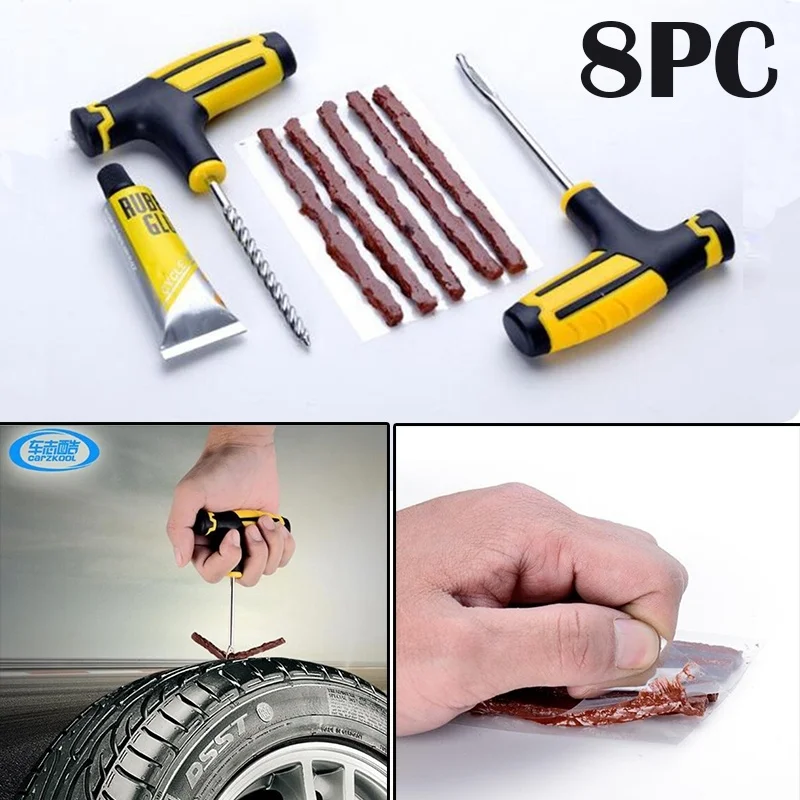 Regardless of whether it helped or not, you need to visit a tire shop to replace the entire spool or valve. nine0013
Regardless of whether it helped or not, you need to visit a tire shop to replace the entire spool or valve. nine0013
If the valve is tight and the tire is flat, it is most likely a puncture. The easiest way to find a puncture that is free of foreign objects is to pour water on the tire while looking at the surface: the damage will reveal itself as air bubbles. However, often the cause of the puncture can be found along with it: a self-tapping screw, nail or other arbitrary object sticking out of the wheel will clearly indicate the place of depressurization. In this case, you do not need to immediately remove the foreign object from the tire: it partially seals the hole, and if the pressure loss is slow, you can try to pump up the wheel and drive to the tire shop. nine0013
The same goes for wheels that are leaking from the rim or from a faulty valve. Usually, in this case, the air is bled slowly, and you can pump up the wheel and have time to get to the place of repair. By the way, rim leakage can occur due to disk deformation upon impact - for example, when hitting a pit with sharp edges. Such situations are fraught with damage to both the disk and the sidewall of the tire, in which case the disk will need to be corrected, and the tire repaired or even replaced. To avoid rim leaks, you need to inspect the rims every time you change tires. The loss of tightness occurs either due to corrosion or due to disc deformation, and not only steel, but also light alloy wheels can corrode. So if you see paint blistering or rust on the rim, the tires need to be put on rim sealant: when changing tires, this will be cheaper than the subsequent removal and re-tire to fix a leak on the rim. nine0013
By the way, rim leakage can occur due to disk deformation upon impact - for example, when hitting a pit with sharp edges. Such situations are fraught with damage to both the disk and the sidewall of the tire, in which case the disk will need to be corrected, and the tire repaired or even replaced. To avoid rim leaks, you need to inspect the rims every time you change tires. The loss of tightness occurs either due to corrosion or due to disc deformation, and not only steel, but also light alloy wheels can corrode. So if you see paint blistering or rust on the rim, the tires need to be put on rim sealant: when changing tires, this will be cheaper than the subsequent removal and re-tire to fix a leak on the rim. nine0013
If you find a puncture, but there are no foreign objects in it, and you do not have a spare wheel and tire repair kits, there is another popular method of temporary "repair". You can screw a self-tapping screw into the found hole - if, of course, you have one. In extreme cases, you can look for a self-tapping screw in the cabin by unscrewing it from some interior detail.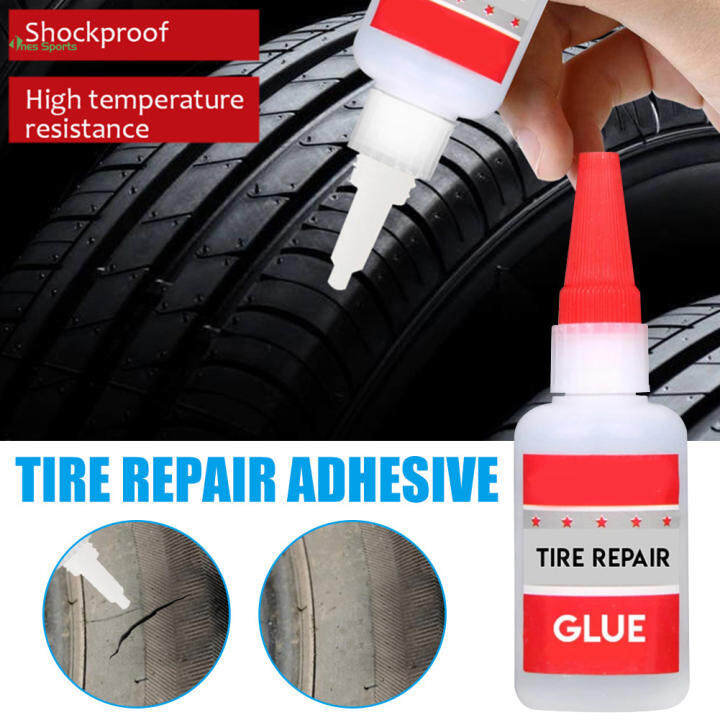 This method cannot be called reliable: it is unlikely to ensure complete tightness of the wheel, but at least it can help you get to the nearest tire shop. nine0013
This method cannot be called reliable: it is unlikely to ensure complete tightness of the wheel, but at least it can help you get to the nearest tire shop. nine0013
And a couple more useful remarks. If the wheel is completely flat, then it is easier to inflate it without a spool: the latter must be unscrewed, then the tire must be inflated and quickly screwed back in. The fact is that the spool itself, when inflated, resists the compressor, and in the event of a loose fit of a flat tire to the disk, the power of a simple magazine compressor may not be enough, and the absence of a spool helps to increase air flow and facilitate the operation of the compressor. If this does not help, you can jack up the car by hanging a flat tire: this will improve the fit of the tire to the disk, and the chances of inflating the tire will increase. nine0013
On-Site Repair Methods
Now let's look at options for repairing a tire yourself using special materials that you should carry with you or, if a puncture caught you in the city, buy it at the nearest auto shop.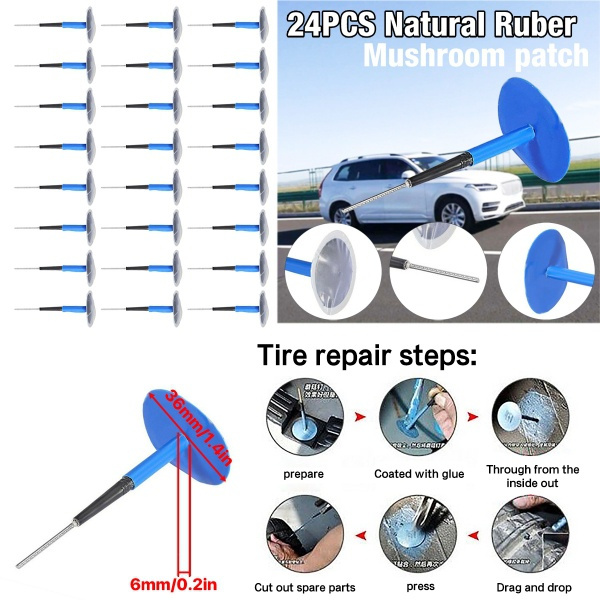
1. The most common, cheapest and easiest way to do it yourself is to install a raw rubber band. The harnesses are sold complete with an abrasive awl to expand the hole in the tire and improve the contact of the repair harness with its edges, as well as a needle for installing the harness and an adhesive to fix it and at the same time seal the puncture. When choosing a repair kit in a store, you should pay attention to the following nuances:
Install the harness in the following order. First, the found hole is expanded with an abrasive awl - you need to insert and remove it several times into the puncture site. Then the tourniquet is inserted into the eye of the needle, and glue is applied to it.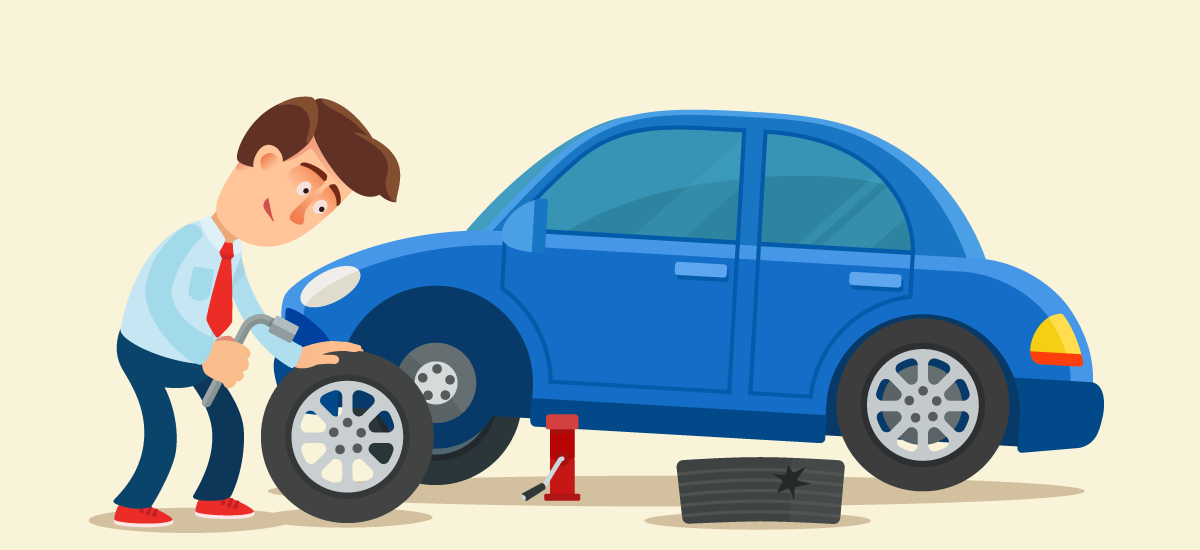 After that, the needle with the tourniquet must be inserted into the hole in the tire and pulled out sharply - so that the tourniquet remains in the hole, and the needle comes out without it. If everything worked out, it remains only to cut the end of the harness flush with the surface of the tire and pump up the wheel. nine0013
After that, the needle with the tourniquet must be inserted into the hole in the tire and pulled out sharply - so that the tourniquet remains in the hole, and the needle comes out without it. If everything worked out, it remains only to cut the end of the harness flush with the surface of the tire and pump up the wheel. nine0013
The advantages of repairing with a harness are quite decent reliability, simplicity and low cost. On a well-repaired tire, you can drive for a long time, and if the repair site starts to poison, you can either replace the harness or have the tire repaired in a quality service. Among the minuses is the possibility of damaging the cord during installation, as well as lower reliability compared to “full-fledged” repair methods in a tire shop. Strictly speaking, a tourniquet is still a temporary repair, so if it is possible to pump up a wheel and get to a tire fitting, then it is better not to enlarge the hole in the tire and get to the experts. nine0013
2.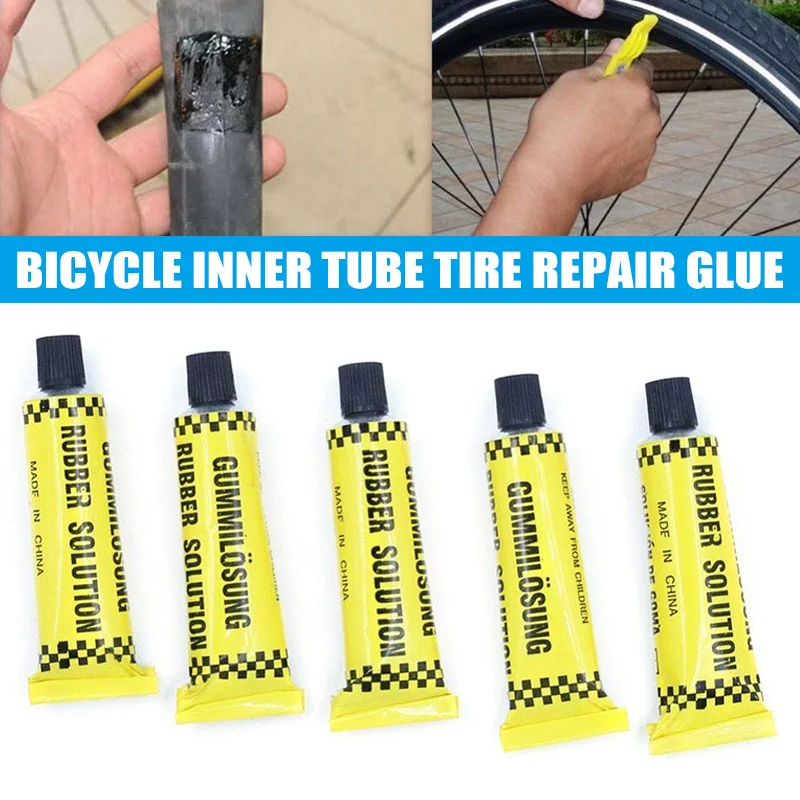 The second repair option is aerosol liquid sealants sold in cans. To repair a punctured tire with sealant, you need to remove the foreign object from the puncture site, then pour the sealant into the wheel through the valve, twist it to distribute the composition inside the tire, pump up the wheel and drive several kilometers at low speed for the final uniform distribution of the sealant.
The second repair option is aerosol liquid sealants sold in cans. To repair a punctured tire with sealant, you need to remove the foreign object from the puncture site, then pour the sealant into the wheel through the valve, twist it to distribute the composition inside the tire, pump up the wheel and drive several kilometers at low speed for the final uniform distribution of the sealant.
Among the advantages of this repair is the simplicity and less labor intensity compared to installing a harness. However, there are also disadvantages: the larger the hole, the higher the chance that the sealant will not be able to eliminate it, and such a repair can affect the wheel balance. Compared to a tourniquet, it can be considered even less reliable and preferable, but simpler. nine0013
Repair options at a tire shop
If you put on a spare tire and brought the wheel to a tire shop, you may also be offered several repair options. Consider the most popular with an indication of the advantages and disadvantages.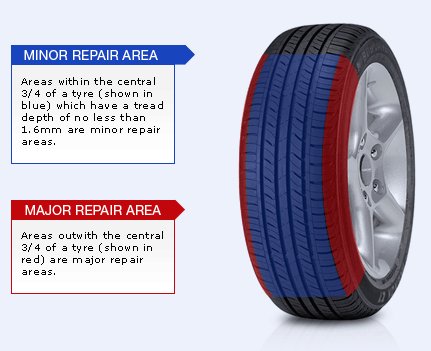
1. The first repair method is the same harness installation as described above. As we remember, the tourniquet refers to a temporary repair, so among tire specialists this method is considered bad form, but many workshops do not exclude it from the list of services. All the advantages and disadvantages are the same here: such a repair will be the fastest, simplest and cheapest, but less reliable than other methods. It is worth choosing it in cases where the price and / or speed of the procedure is more important to you than anything else. If quality is a priority, then it is better to fork out for the options listed below. nine0013
2. The second option for repairing a puncture is to install a patch on the inside of the tire, the so-called cold vulcanization. In this case, the tire is removed from the disk, the surface around the puncture is treated with an abrasive, and the damage is sealed with a special patch. This is a more preferred repair method than a tourniquet: it is more reliable and durable, especially in the case of side punctures, when not the thick tread part of the tire is damaged, but the thinner sidewall.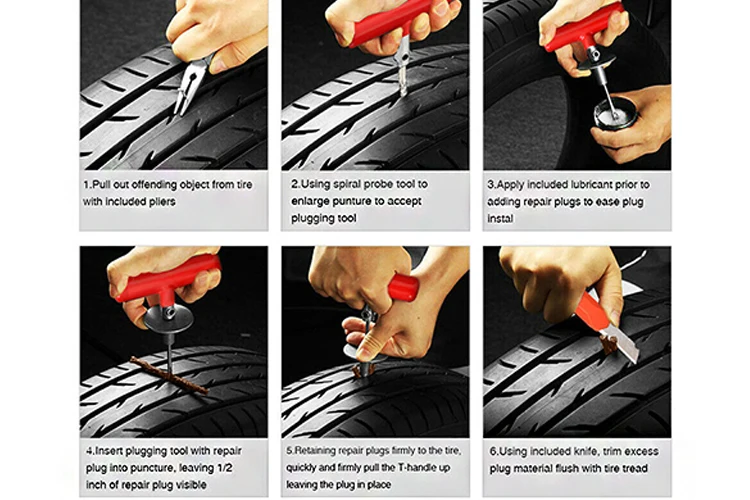 Among the minuses, only a higher cost can be noted: in addition to the actual tire repair, you will have to pay for the removal and installation of the wheel (or do it yourself), tire fitting and balancing. nine0013
Among the minuses, only a higher cost can be noted: in addition to the actual tire repair, you will have to pay for the removal and installation of the wheel (or do it yourself), tire fitting and balancing. nine0013
3. The third option is a "complex" of the first and second: installation of the so-called repair "fungus". The “hat” of the fungus is a patch, and the “leg” is threaded from the inside of the tire to the outside. After gluing the patch, the excess part of the leg is cut off, as in the case of the tourniquet. Thus, not only the inner surface of the tire is closed, but also the hole itself. The advantages and disadvantages of this repair method are generally the same as those of a patch.
4. An extreme, “emergency” measure when repairing a punctured wheel is to install a camera in it. Typically, this method is used for tires that are no longer worth repairing, or “for reliability” after repairing a complex puncture. It should be understood that almost all modern tires are tubeless, that is, they are not designed to install a camera, so it’s not worth driving a wheel repaired in this way for a long time. Installing a tube is a temporary solution for riding until a new tire is purchased, and sometimes such wheels are left as spares. So this repair method can be kept in mind as a backup. nine0011
Installing a tube is a temporary solution for riding until a new tire is purchased, and sometimes such wheels are left as spares. So this repair method can be kept in mind as a backup. nine0011
Finally
We have deliberately left out of this text such methods as combined repair of tires with a tourniquet and a patch and hot vulcanization. The first is used quite rarely and for specific damage, and it is enough just to know about its existence. Well, the second is used to repair serious side cuts, and it is not only rare, but also very expensive. The cut site in this case is prepared, filled with raw rubber and processed with a hot press for vulcanization. Equipment for this procedure is not available in every tire shop, and the cost of repair can be about half the cost of a new tire. nine0013
interesting popular questions
Articles / Interesting 5 Reasons to Buy and Not to Buy a Honda Civic IX Honda in general, and the Civic in particular, have a mixed reputation. It seems that the car does not break down too often, but the cost of maintenance seems to many to be too high. Looks good, but... 410 0 2 12/18/2022 nine0011
It seems that the car does not break down too often, but the cost of maintenance seems to many to be too high. Looks good, but... 410 0 2 12/18/2022 nine0011
Articles / Statistics Air Filter Index: 2022 results Since mid-spring, we have been watching the price changes for basic consumables, oils, tires and some rare parts. Time to take stock of the year and give a cautious forecast for 2023. Spoiler: there is x... 514 0 one 12/17/2022 nine0011
Articles / Practice No need to save: why ignition coils fail too quickly We have already written a lot about how to properly operate a car in winter, and how to determine why the engine suddenly began to "troit", and how different types of ignition coils are arranged, and even how to replace .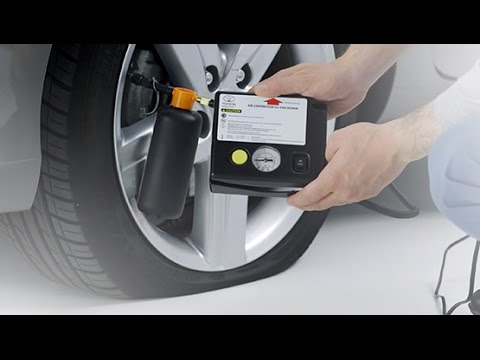 .. 1294 0 2 16.12.2022 nine0011
.. 1294 0 2 16.12.2022 nine0011
Test drives / Test drive Haval Dargo vs Mitsubishi Outlander: the dog is barking, the stranger is coming In the Haval dealership in the south of Moscow, life is in full swing: buyers look at cars, communicate with managers and sign some papers. While I was waiting for the test Dargo, the same cross... 19292 7 205 13.09.2022
Test drives / Test drive Motor from Mercedes, emblem from Renault, assembly from Dacia: test drive of the European Logan 1.0 It would seem that what's new can be told about the second generation Renault Logan, known to every Russian taxi driver, as they say, up and down? However, this car has. .. 15210 10 41 08/13/2022 nine0011
.. 15210 10 41 08/13/2022 nine0011
Test drives / Test drive Geely Coolray vs Haval Jolion: Free Cheese? If! Do you want to buy a car today with a full warranty, on credit at an adequate rate, without wild dealer markups? Now this is still a task, because a full-fledged chain of "representation - s... 12635 26 thirty 08/10/2022 nine0011
Category: Operation and maintenance
Article reading time: 5 minutes
Bookmark this
A car tire has a complex structure and a specific rubber compound that protects the tire from impacts and retains its shape under high loads.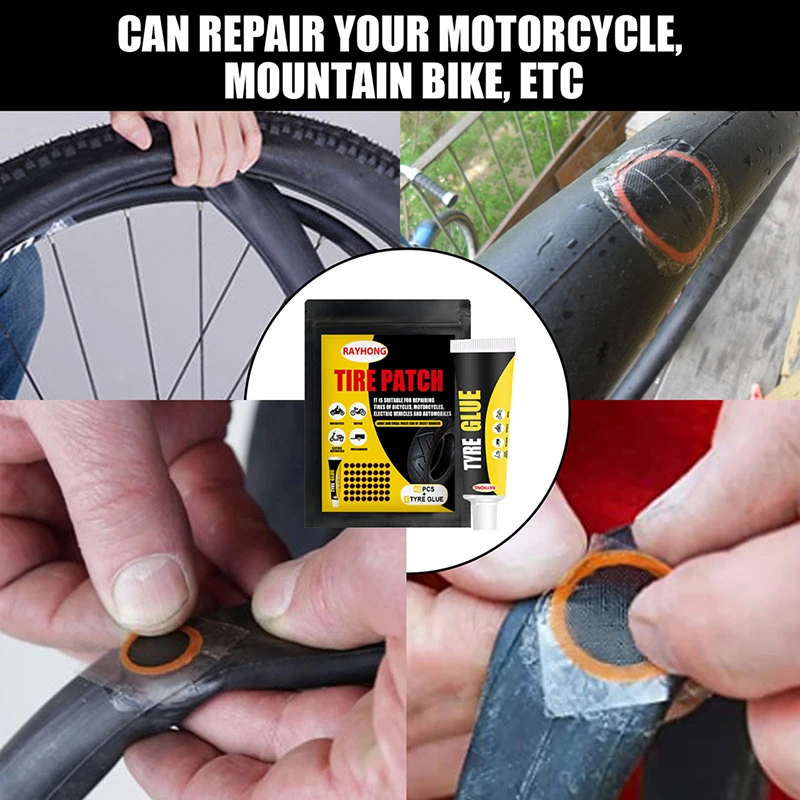 The design of the wheel consists of several strength frames - metal wire and nylon thread, they keep the rubber on the trajectory during intense and dangerous driving. nine0011
The design of the wheel consists of several strength frames - metal wire and nylon thread, they keep the rubber on the trajectory during intense and dangerous driving. nine0011
Any kind of damage can result in negative consequences that will affect driving safety and stability on the road. And if the majority of punctures can be repaired in the service or repaired by oneself, then the side cut of the tire often forces one to resort to a complete tire replacement. Riding on damaged tires in the usual mode is extremely dangerous. How to fix a tire so that you can ride comfortably without consequences, and is it possible to seal or repair a cut tire? We will answer these and other relevant questions for motorists in this material. nine0011
Modern services can repair a tire after a front or side puncture. You can repair a tire, thanks to the universal set of a motorist, with your own hands. It is enough to seal the hole with a special tourniquet.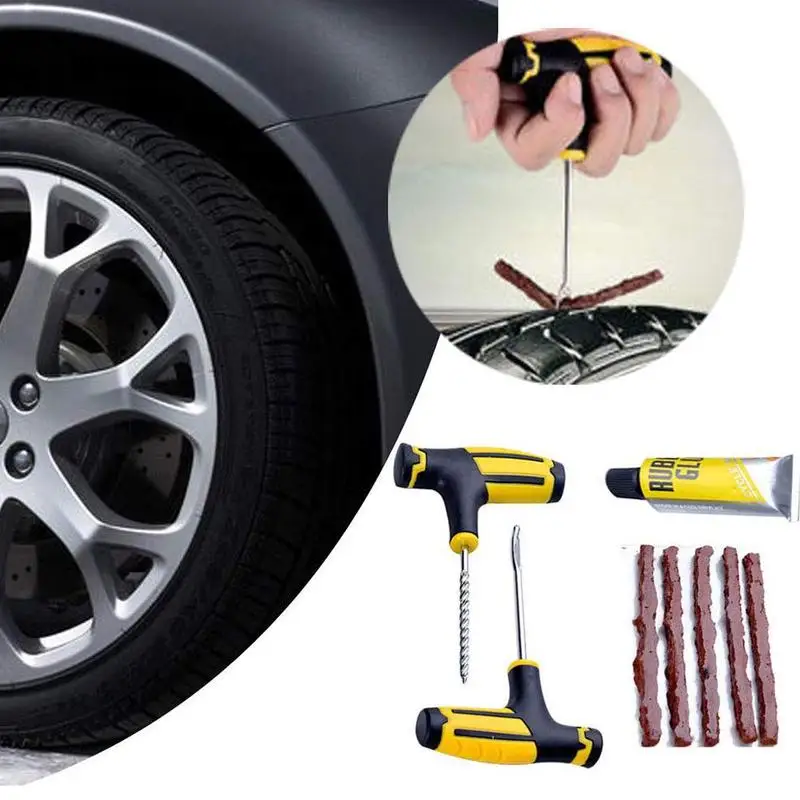
Is this type of damage dangerous and should it be replaced? Only the master can unambiguously answer the question, having studied the lateral damage. The specialist will determine the nature of the puncture that needs to be repaired and offer a complete tire replacement or repair. It is inexpedient and dangerous to close up a large puncture, due to which the tire is deformed. nine0011
To determine how to close a side cut, you need to study the type of damage:
Sealing a cut on a tire is much more difficult than a normal repair, so it is often necessary to perform an involuntary replacement of tires. Repairing the wheel is impossible due to side wires and threads that break under side load.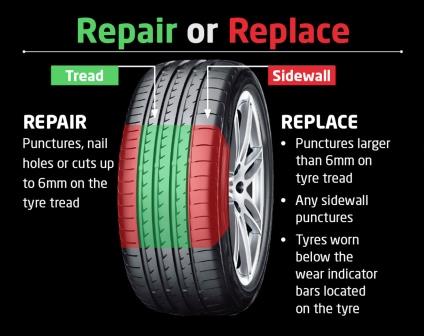 Taping and repairing lateral damage will not help repair the threads. Any obstacle or potential contact with a bump at high speed will have the adverse effect of bursting the tire due to the load, resulting in a dangerous loss of control. nine0011
Taping and repairing lateral damage will not help repair the threads. Any obstacle or potential contact with a bump at high speed will have the adverse effect of bursting the tire due to the load, resulting in a dangerous loss of control. nine0011
A side puncture is less dangerous than a longitudinal cut. However, not every defect requires replacement. Masters will be able to repair tires if the deformed area placed along the carcass threads does not exceed 50 mm. The possibility of repair is also available if the side cut located across the tire threads is less than 30 mm. However, we do not recommend doing repairs in this case with your own hands. To preserve the protective properties and avoid possible negative consequences, it is necessary to use professional equipment. nine0011
Should cuts be repaired? A popular question for motorists who are faced with a choice is whether to seal a defect or replace a wheel. The possible consequences of cuts scare car owners, but do-it-yourself repairs are more attractive because they are cheaper than buying fresh tires.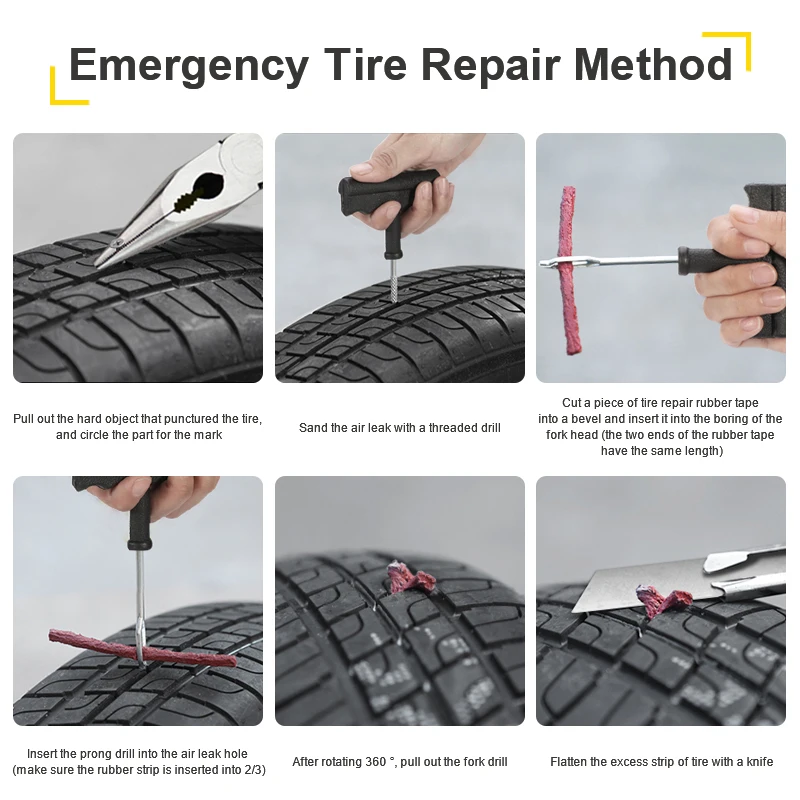
To avoid dangerous consequences, it is forbidden to seal small and large side cuts if you need to repair more than 10 cords and close up a hole larger than 30 mm. It is possible to repair tires for passenger cars with a side cut of the tire if it is a shallow scratch. nine0011
Driving with a cut in a tire is not safe. The degree of risk depends on the nature of the damage and the experience of the specialist who will seal the seam. Before sealing the hole with your own hands or entrusting a restoration to a specialist, you should examine the lateral damage. Manufacturers recommend replacing tires if it is necessary to seal 20 mm or more. However, if it is possible to change a wheel, the opportunity should be taken as soon as possible. Since even a small defect is dangerous during the trip. During operation, a hernia is formed, which explodes if timely replacement is not made. If you drive on a tire with a side cut for a long time and do not do repairs in the service or with your own hands, there is a high risk of getting into an accident.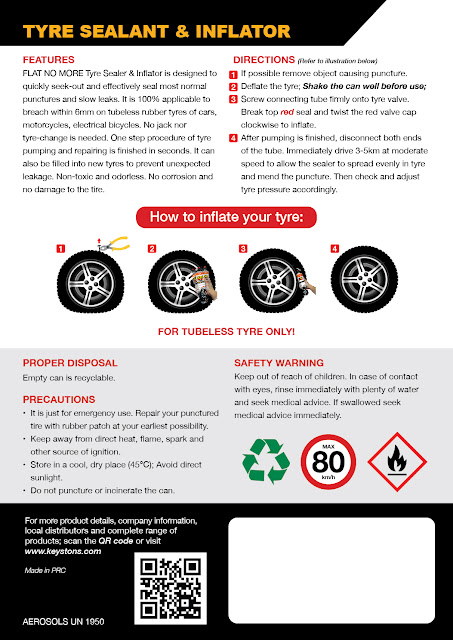 nine0011
nine0011
In order to strengthen the construction of tires, manufacturers add several layers of metal cord to models. Also on the market there is a fabric cord, which includes fibers from nylon, which allows you to increase the strength of rubber. Therefore, in order to seal the tire in the service or repair it yourself in case of a puncture, it is necessary to use high-quality materials. If the recommendations for replacement are not followed, there is a high risk of dangerous and unpredictable consequences.
Winter Disc protection
Tires Goodyear UltraGrip Arctic 2 SUV
Winter Drive Protection Sound Comfort
Rating:
4.5
Tires Goodyear UltraGrip Ice 2
Winter Disc protection
Tires Goodyear UltraGrip Performance+ SUV
Winter Disc protection
Tires Goodyear UltraGrip Arctic 2
Winter Drive Protection Run On Flat Sound Comfort
nine0010 Tires Goodyear UltraGrip Performance+ To accurately assess the effects of tire deformation, before repairing a tire, contact a specialized center.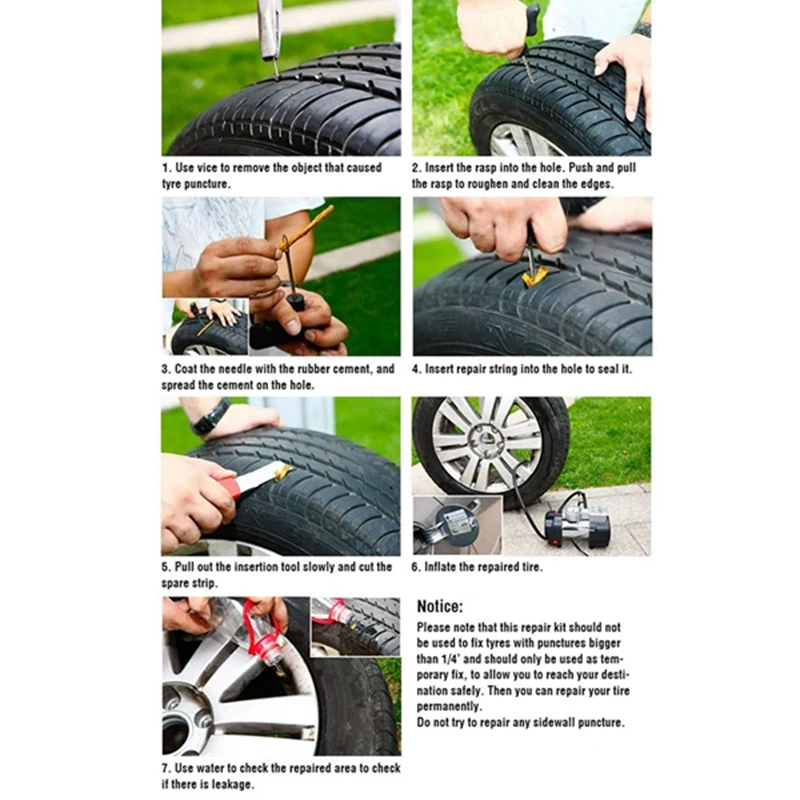 The masters will figure out whether it is possible to continue driving a car or whether it is worth replacing the rubber. The main inspection criterion is the width of the seam that needs to be repaired. It should be borne in mind that it is dangerous to close up and seal holes with a width of more than 40 mm with rubber mixtures. nine0011
The masters will figure out whether it is possible to continue driving a car or whether it is worth replacing the rubber. The main inspection criterion is the width of the seam that needs to be repaired. It should be borne in mind that it is dangerous to close up and seal holes with a width of more than 40 mm with rubber mixtures. nine0011
If the craftsmen decide to restore the tire and make a patch, then the restoration process includes the following steps:
